Cover
Copyright
Credits
About the Authors
About the Reviewer
www.PacktPub.com
Customer Feedback
Table of Contents
Preface
Chapter 1: Getting Started
Introduction
Installing R with an IDE
Getting ready
How to do it...
Installing a Jupyter Notebook application
How to do it...
There's more...
Starting with the basics of machine learning in R
How to do it...
How it works...
Setting up deep learning tools/packages in R
How to do it...
Installing MXNet in R
Getting ready
How to do it...
Installing TensorFlow in R
Getting ready
How to do it...
How it works...
See also
Installing H2O in R
Getting ready
How to do it...
How it works...
There's more...
Installing all three packages at once using Docker
Getting ready
How to do it...
There's more...
Chapter 2: Deep Learning with R
Starting with logistic regression
Getting ready
How to do it...
Introducing the dataset
Getting ready
How to do it...
Performing logistic regression using H2O
Getting ready
How to do it...
How it works...
See also
Performing logistic regression using TensorFlow
Getting ready
How to do it...
How it works...
Visualizing TensorFlow graphs
Getting ready
How to do it...
How it works...
Starting with multilayer perceptrons
Getting ready
How to do it...
There's more...
See also
Setting up a neural network using H2O
Getting ready
How to do it...
How it works...
Tuning hyper-parameters using grid searches in H2O
Getting ready
How to do it...
How it works...
Setting up a neural network using MXNet
Getting ready
How to do it...
How it works...
Setting up a neural network using TensorFlow
Getting ready
How to do it...
How it works...
There's more...
Chapter 3: Convolution Neural Network
Introduction
Downloading and configuring an image dataset
Getting ready
How to do it...
How it works...
See also
Learning the architecture of a CNN classifier
Getting ready
How to do it...
How it works...
Using functions to initialize weights and biases
Getting ready
How to do it...
How it works...
Using functions to create a new convolution layer
Getting ready
How to do it...
How it works...
Using functions to create a new convolution layer
Getting ready
How to do it...
How it works...
Using functions to flatten the densely connected layer
Getting ready
How to do it...
How it works...
Defining placeholder variables
Getting ready
How to do it...
How it works...
Creating the first convolution layer
Getting ready
How to do it...
How it works...
Creating the second convolution layer
Getting ready
How to do it...
How it works...
Flattening the second convolution layer
Getting ready
How to do it...
How it works...
Creating the first fully connected layer
Getting ready
How to do it...
How it works...
Applying dropout to the first fully connected layer
Getting ready
How to do it...
How it works...
Creating the second fully connected layer with dropout
Getting ready
How to do it...
How it works...
Applying softmax activation to obtain a predicted class
Getting ready
How to do it...
Defining the cost function used for optimization
Getting ready
How to do it...
How it works...
Performing gradient descent cost optimization
Getting ready
How to do it...
Executing the graph in a TensorFlow session
Getting ready
How to do it...
How it works...
Evaluating the performance on test data
Getting ready
How to do it...
How it works...
Chapter 4: Data Representation Using Autoencoders
Introduction
Setting up autoencoders
Getting ready
How to do it...
Data normalization
Getting ready
Visualizing dataset distribution
How to do it...
How to set up an autoencoder model
Running optimization
Setting up a regularized autoencoder
Getting ready
How to do it...
How it works...
Fine-tuning the parameters of the autoencoder
Setting up stacked autoencoders
Getting ready
How to do it...
Setting up denoising autoencoders
Getting ready
How to do it...
Reading the dataset
Corrupting data to train
Setting up a denoising autoencoder
How it works...
Building and comparing stochastic encoders and decoders
Getting ready
How to do it...
Setting up a VAE model
Output from the VAE autoencoder
Learning manifolds from autoencoders
How to do it...
Setting up principal component analysis
Evaluating the sparse decomposition
Getting ready
How to do it...
How it works...
Chapter 5: Generative Models in Deep Learning
Comparing principal component analysis with the Restricted Boltzmann machine
Getting ready
How to do it...
Setting up a Restricted Boltzmann machine for Bernoulli distribution input
Getting ready
How to do it...
Training a Restricted Boltzmann machine
Getting ready
Example of a sampling
How to do it...
Backward or reconstruction phase of RBM
Getting ready
How to do it...
Understanding the contrastive divergence of the reconstruction
Getting ready
How to do it...
How it works...
Initializing and starting a new TensorFlow session
Getting ready
How to do it...
How it works...
Evaluating the output from an RBM
Getting ready
How to do it...
How it works...
Setting up a Restricted Boltzmann machine for Collaborative Filtering
Getting ready
How to do it...
Performing a full run of training an RBM
Getting ready
How to do it...
Setting up a Deep Belief Network
Getting ready
How to do it...
How it works...
Implementing a feed-forward backpropagation Neural Network
Getting ready
How to do it...
How it works...
Setting up a Deep Restricted Boltzmann Machine
Getting ready
How to do it...
How it works...
Chapter 6: Recurrent Neural Networks
Setting up a basic Recurrent Neural Network
Getting ready
How to do it...
How it works...
Setting up a bidirectional RNN model
Getting ready
How to do it...
Setting up a deep RNN model
How to do it...
Setting up a Long short-term memory based sequence model
How to do it...
How it works...
Chapter 7: Reinforcement Learning
Introduction
Setting up a Markov Decision Process
Getting ready
How to do it...
Performing model-based learning
How to do it...
Performing model-free learning
Getting ready
How to do it...
Chapter 8: Application of Deep Learning in Text Mining
Performing preprocessing of textual data and extraction of sentiments
How to do it...
How it works...
Analyzing documents using tf-idf
How to do it...
How it works...
Performing sentiment prediction using LSTM network
How to do it...
How it works...
Application using text2vec examples
How to do it...
How it works...
Chapter 9: Application of Deep Learning to Signal processing
Introducing and preprocessing music MIDI files
Getting ready
How to do it...
Building an RBM model
Getting ready
How to do it...
Generating new music notes
How to do it...
Chapter 10: Transfer Learning
Introduction
Illustrating the use of a pretrained model
Getting ready
How to do it...
Setting up the Transfer Learning model
Getting ready
How to do it...
Building an image classification model
Getting ready
How to do it...
Training a deep learning model on a GPU
Getting ready
How to do it...
Comparing performance using CPU and GPU
Getting ready
How to do it...
There's more...
See also
Index
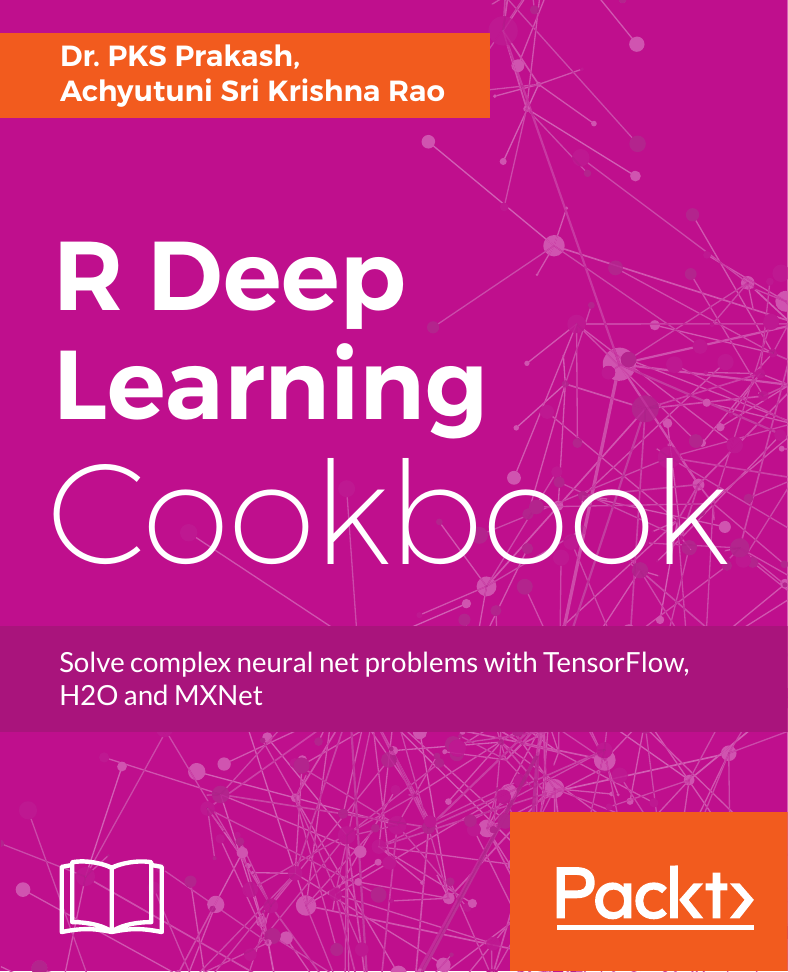
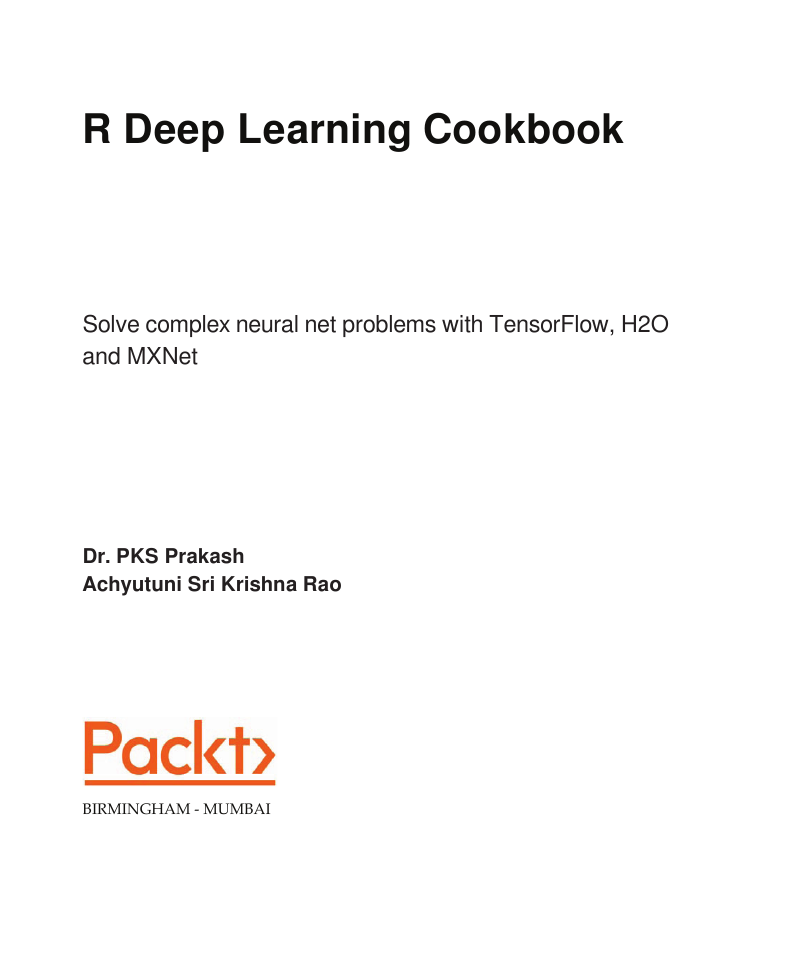
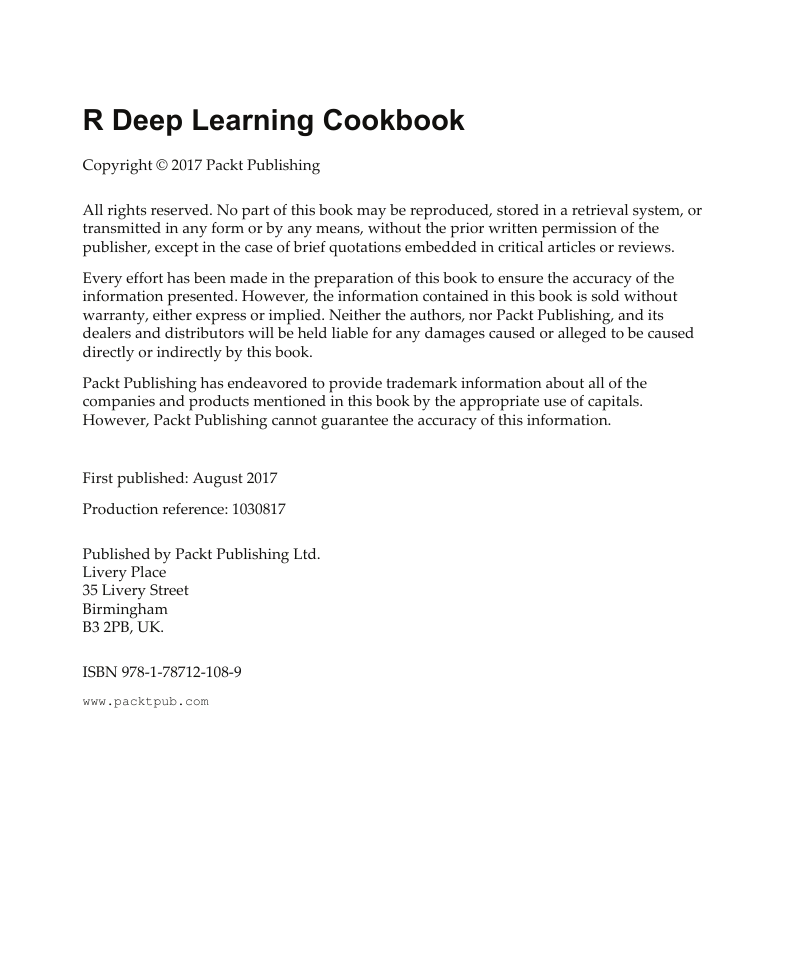
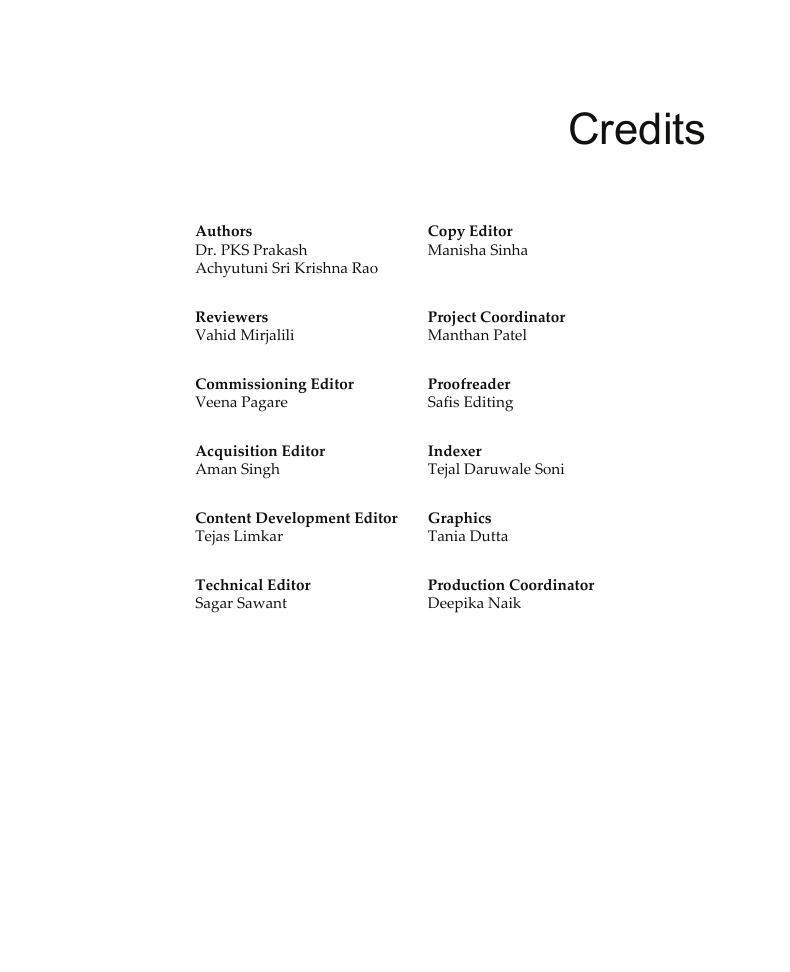
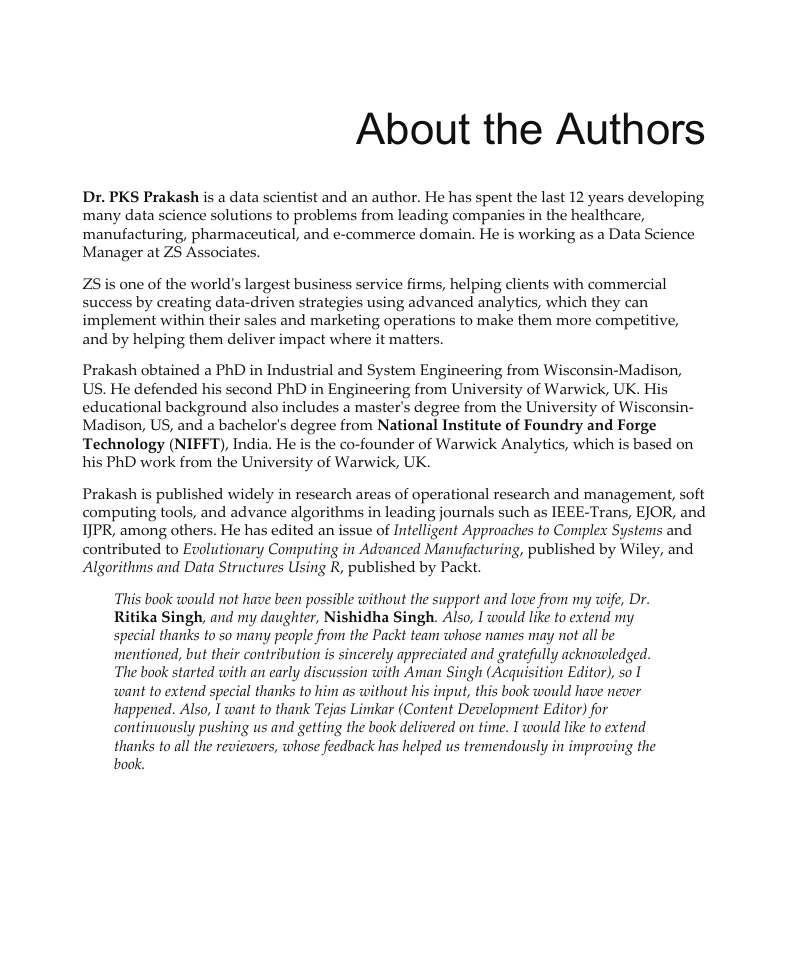
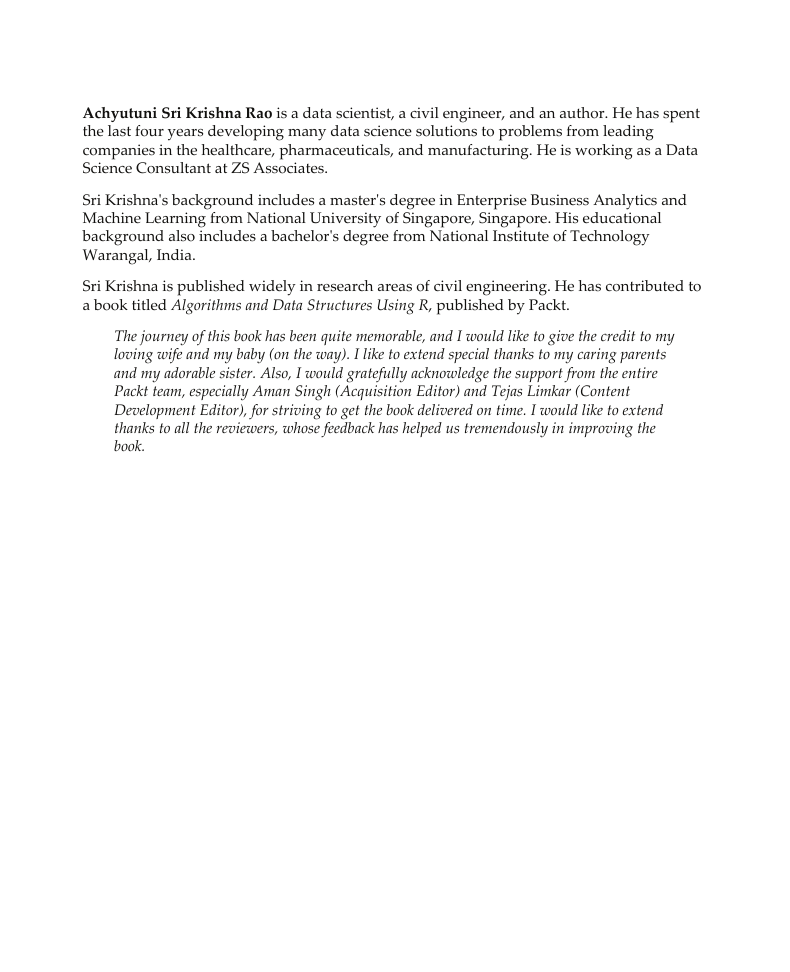
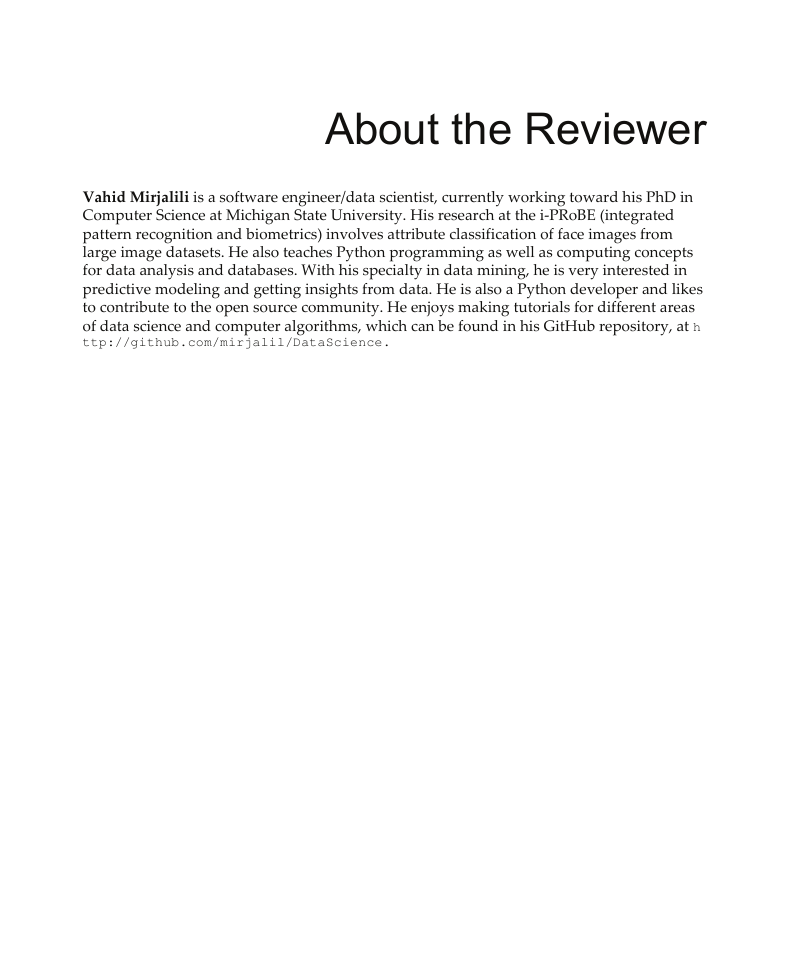
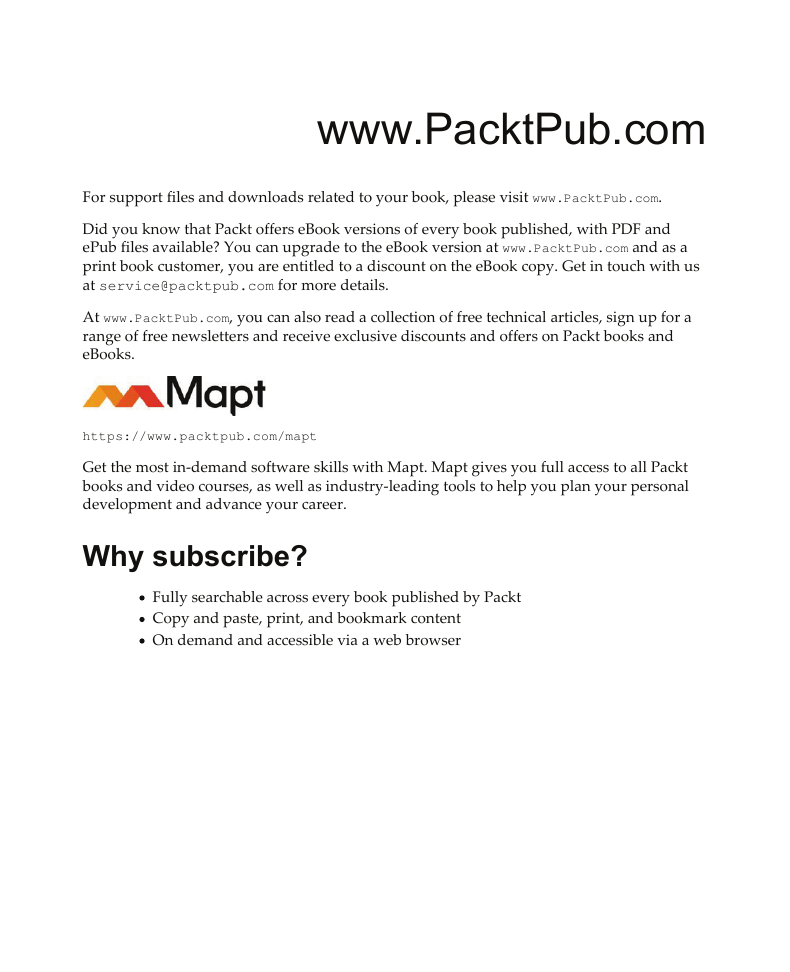








 2023年江西萍乡中考道德与法治真题及答案.doc
2023年江西萍乡中考道德与法治真题及答案.doc 2012年重庆南川中考生物真题及答案.doc
2012年重庆南川中考生物真题及答案.doc 2013年江西师范大学地理学综合及文艺理论基础考研真题.doc
2013年江西师范大学地理学综合及文艺理论基础考研真题.doc 2020年四川甘孜小升初语文真题及答案I卷.doc
2020年四川甘孜小升初语文真题及答案I卷.doc 2020年注册岩土工程师专业基础考试真题及答案.doc
2020年注册岩土工程师专业基础考试真题及答案.doc 2023-2024学年福建省厦门市九年级上学期数学月考试题及答案.doc
2023-2024学年福建省厦门市九年级上学期数学月考试题及答案.doc 2021-2022学年辽宁省沈阳市大东区九年级上学期语文期末试题及答案.doc
2021-2022学年辽宁省沈阳市大东区九年级上学期语文期末试题及答案.doc 2022-2023学年北京东城区初三第一学期物理期末试卷及答案.doc
2022-2023学年北京东城区初三第一学期物理期末试卷及答案.doc 2018上半年江西教师资格初中地理学科知识与教学能力真题及答案.doc
2018上半年江西教师资格初中地理学科知识与教学能力真题及答案.doc 2012年河北国家公务员申论考试真题及答案-省级.doc
2012年河北国家公务员申论考试真题及答案-省级.doc 2020-2021学年江苏省扬州市江都区邵樊片九年级上学期数学第一次质量检测试题及答案.doc
2020-2021学年江苏省扬州市江都区邵樊片九年级上学期数学第一次质量检测试题及答案.doc 2022下半年黑龙江教师资格证中学综合素质真题及答案.doc
2022下半年黑龙江教师资格证中学综合素质真题及答案.doc